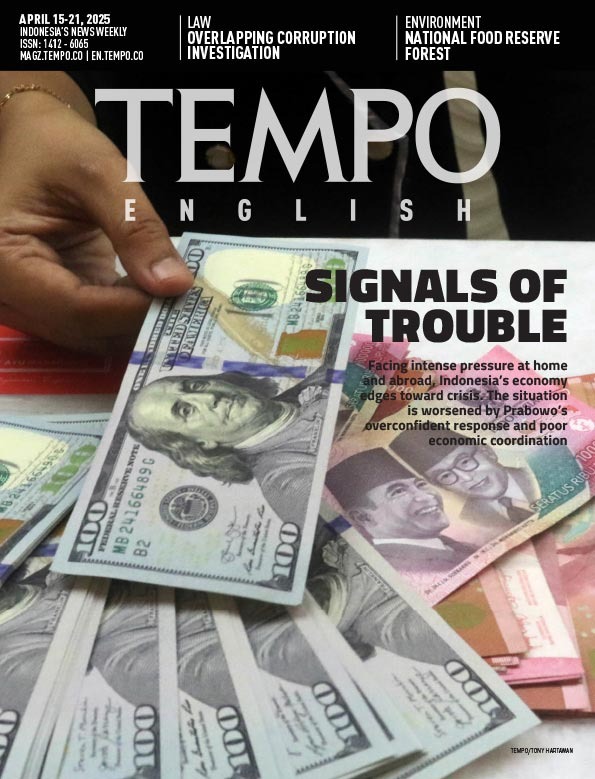Slipping Through the Cracks
Tuesday, November 10, 2015
Since Indonesia gained its independence seven decades ago, one seemingly unsolvable problem has been rice, the national staple that has become, over the years, both an economic as well as a political commodity. Governments come and go, but inevitably all of them have had to face, at one time or another, the challenges of efficiently managing the supply and demand of rice.
It is fair to say that issues concerning rice or the price of rice, to be exactcan make or break a government. According to the Central Board of Statistics (PBS), the price of rice this year has increased by 12 percent, and a World Bank study estimates that every 10 percent increase in the price of rice adds 1.1 percent to those falling below the poverty line. The results of this latter study lead us to the conclusion that the successes of the poverty reduction program could be wiped out simply by an increase in the rice price. In other words, the government's target of reducing the poverty rate from 11 percent in 2014 to 9.5-10.5 percent in 2015 could turn out to be a vain hope.
arsip tempo : 174554529093.

Since Indonesia gained its independence seven decades ago, one seemingly unsolvable problem has been rice, the national staple that has become, over the years, both an economic as well as a political commodity. Governments come and go, but inevitably all of them have had to face, at one time or another, the challenges of efficiently managing the supply and demand of rice.
It is fair to say that issues concerning rice or the price of rice, to be ex
...
Subscribe to continue reading.
We craft news with stories.
 For the benefits of subscribing to Digital Tempo, See More
For the benefits of subscribing to Digital Tempo, See More








